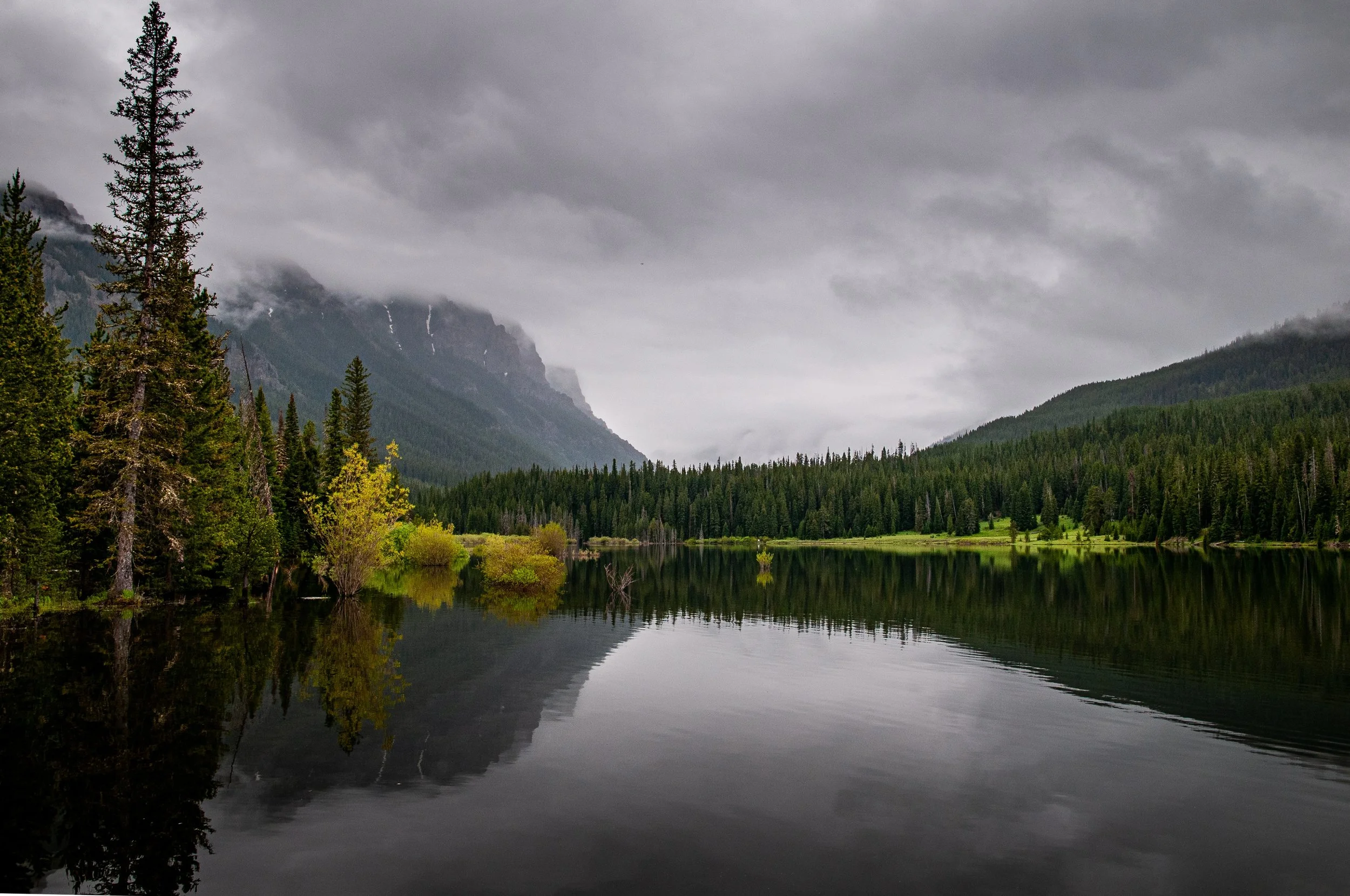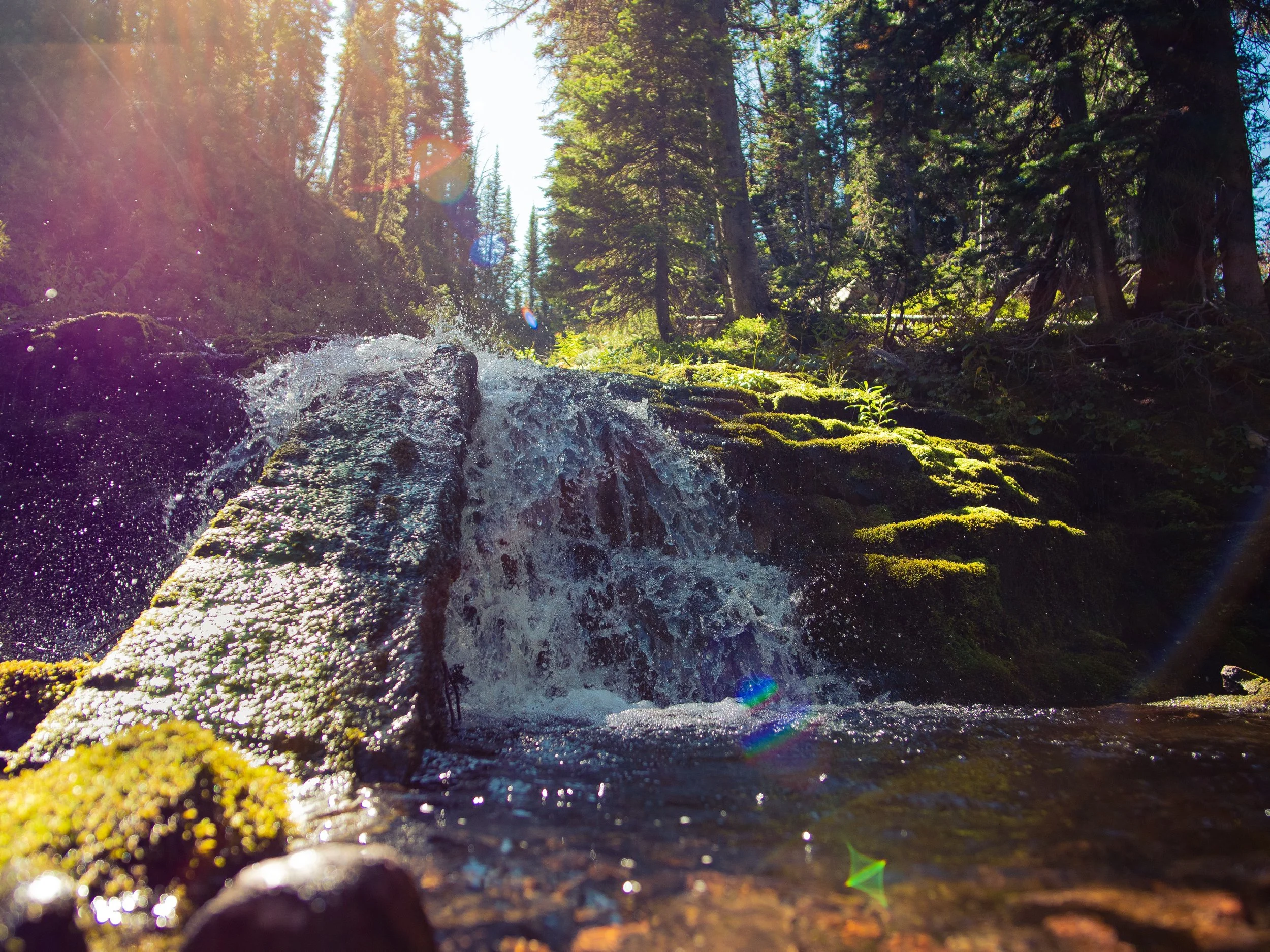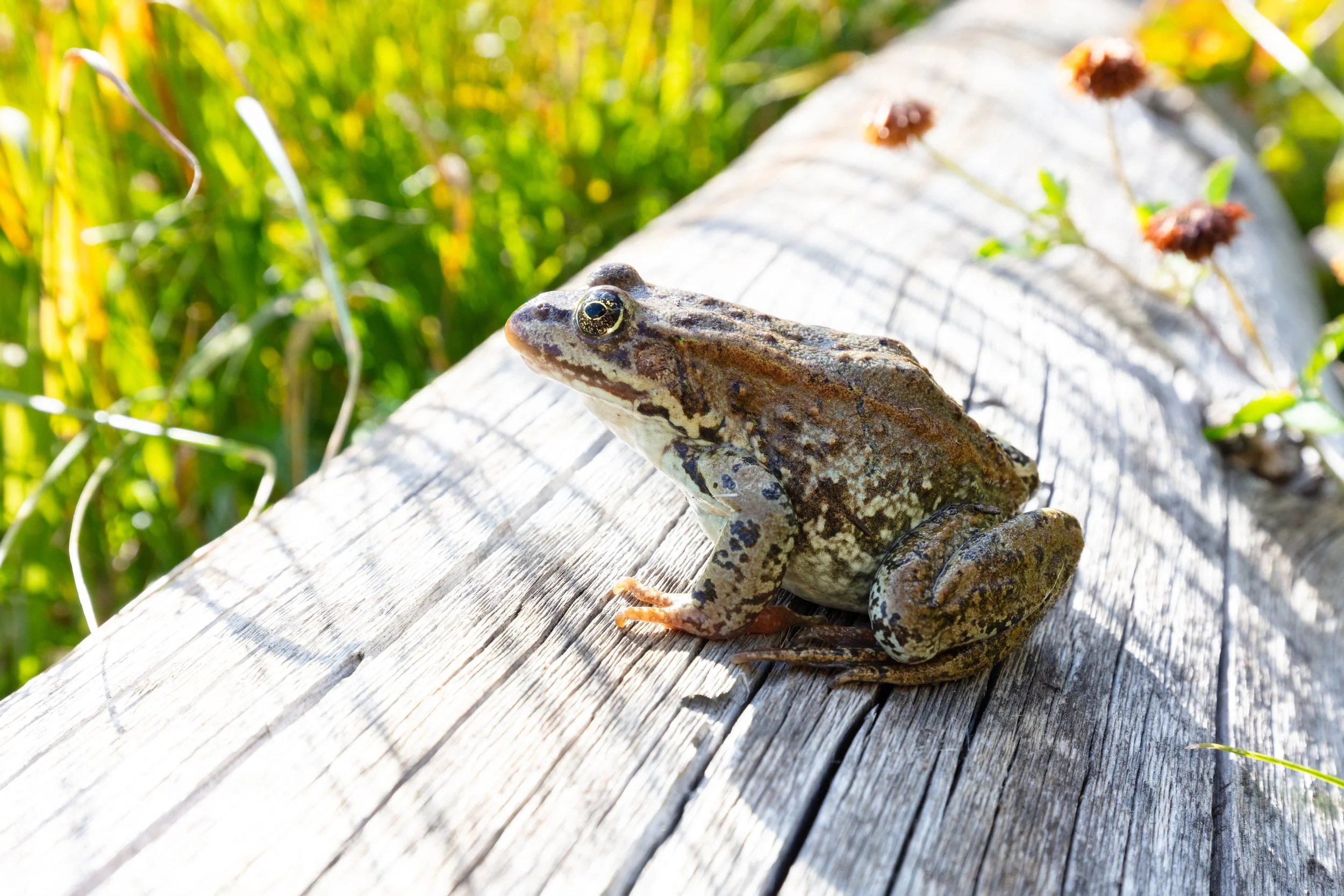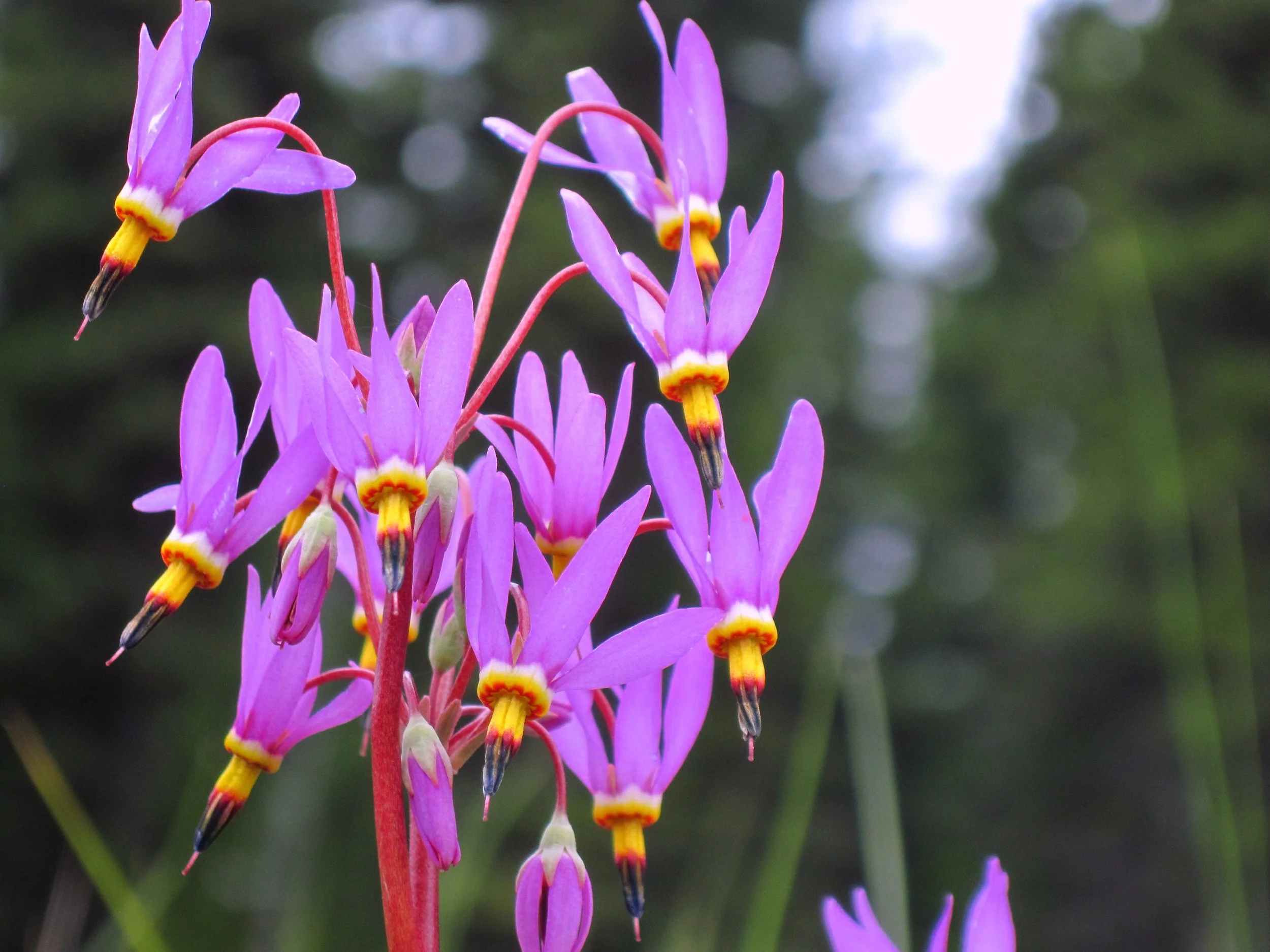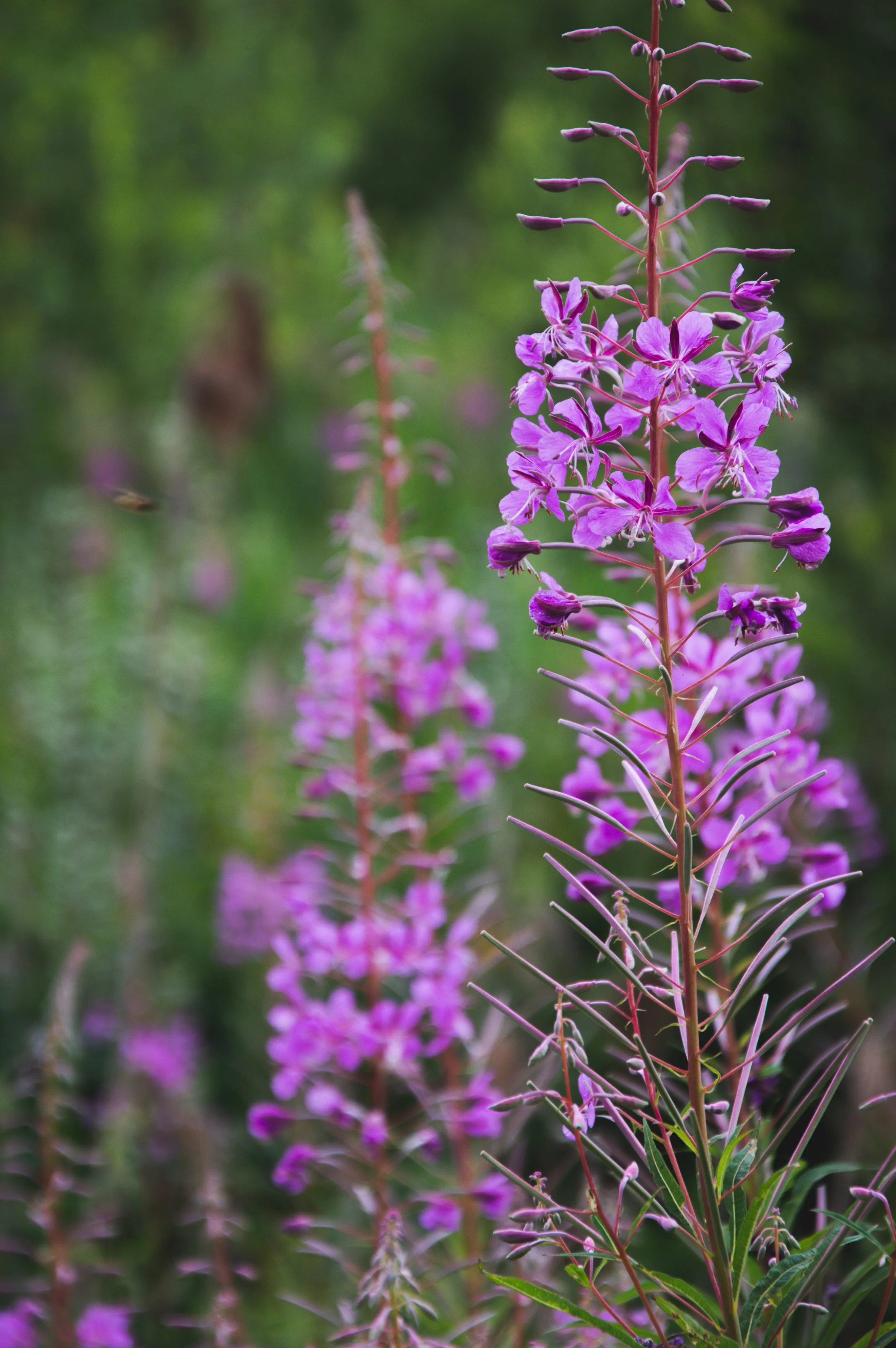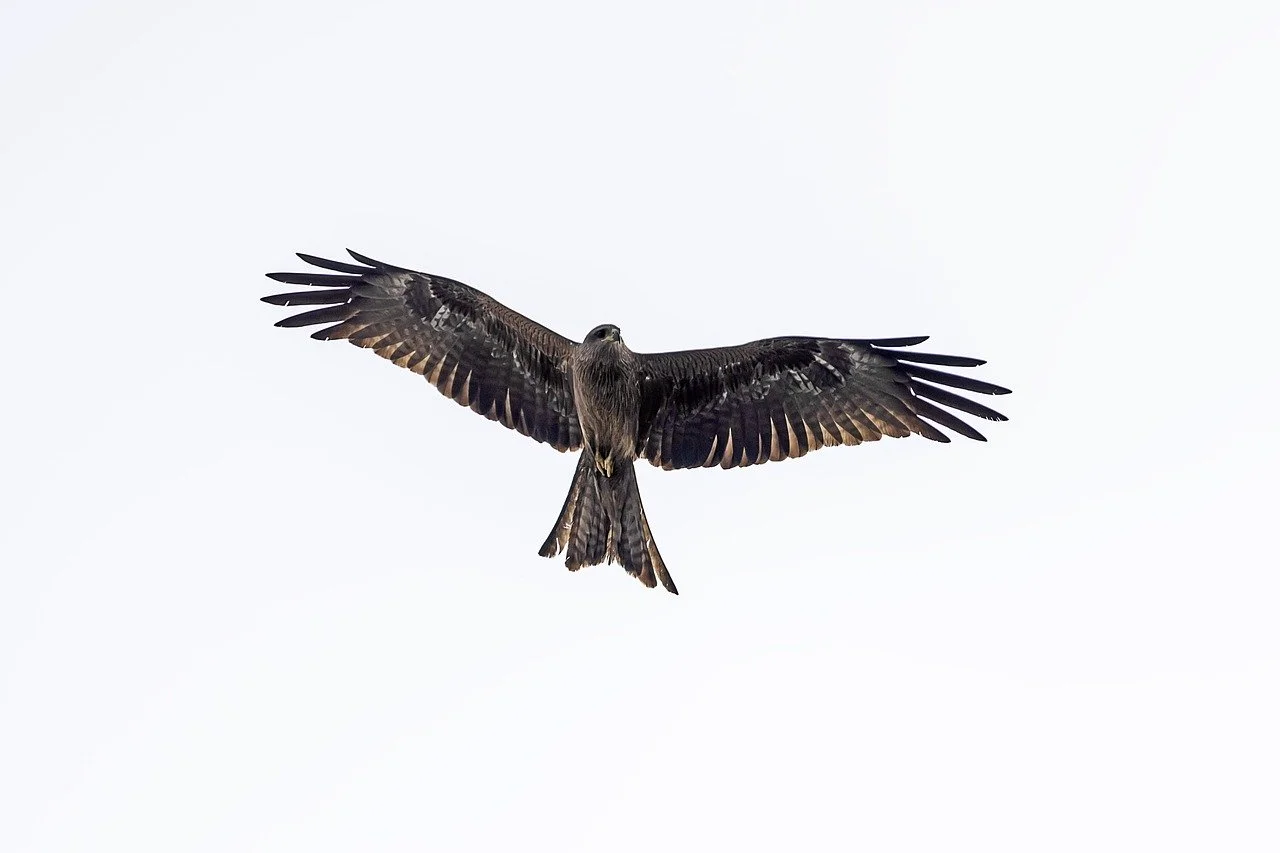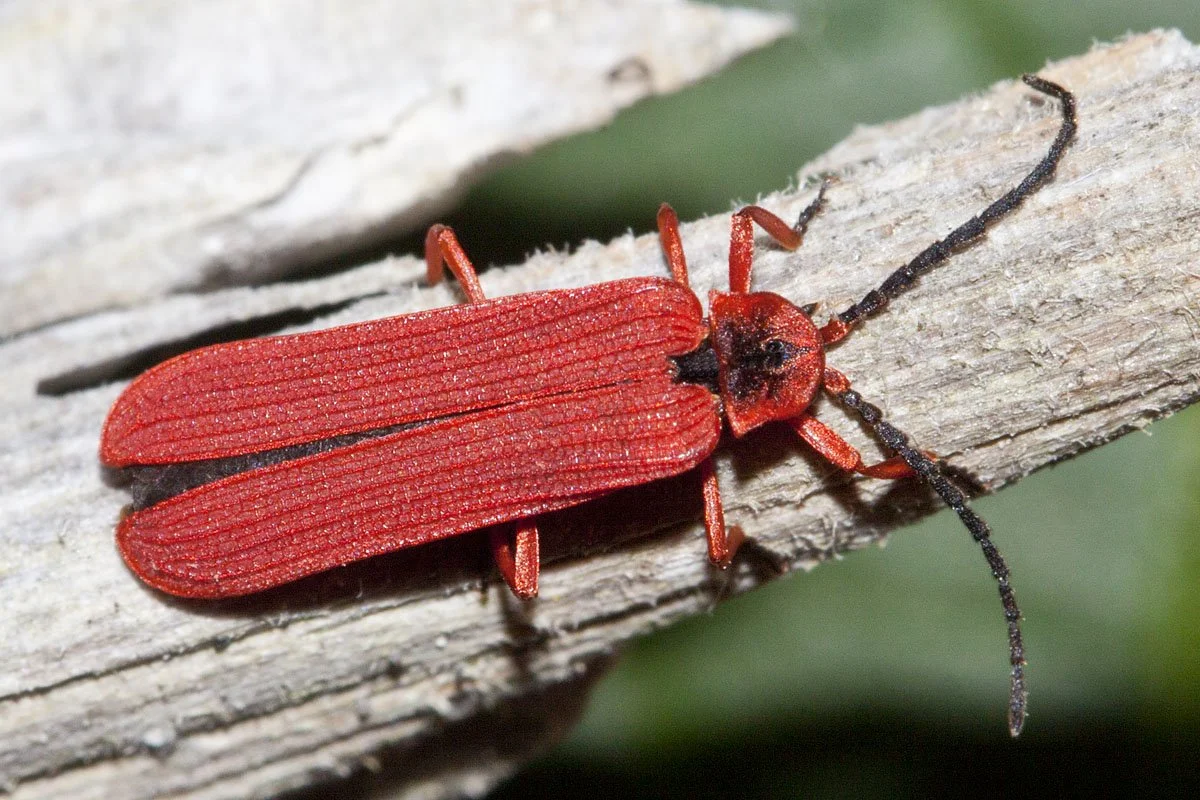Landmark Series—Behind the Bandana: Hyalite Canyon
Guest User
Hyalite Canyon's enchanting landscapes feature pristine lakes, rugged cliffs, dense forests, and cascading waterfalls, offering breathtaking views cherished by nature lovers and photographers. As part of the Custer Gallatin National Forest, a short drive from Bozeman, it stands as Montana's most visited Forest Service area abundant with wildlife and outdoor activities. This picturesque wonder also plays a vital role as a water source, supplying around 80% of Bozeman's municipal water. This ecosystem is home to a diverse community of wildlife making it a perfect candidate for a Landmark Bandana.
Here is your field guide to the featured species of Hyalite Canyon:
Anise Swallowtail Butterfly
Anise Swallowtail Caterpillar
Calypso Fairy Slipper
Canada Jay
Columbia Spotted Frog
Dark Throat Shooting Star
Fireweed
Golden Eagle
Golden-Mantled Ground Squirrel
Pineapple Weed
Pipsissewa
Red Net Winged Beetle
Seven-Spotted Lady Beetle
Yellow Columbine
Yellow Cutthroat Trout
FIELD GUIDE:
Land Acknowledgement:
Hyalite Canyon is part of the ancestral land of the Apsaálooke (Crow), Niitsítpiis-stahkoii ᖹᐟᒧᐧᐨᑯᐧ ᓴᐦᖾᐟ (Blackfoot / Niitsítapi ᖹᐟᒧᐧᒣᑯ), Salish Kootenai (Flathead), Tséstho’e (Cheyenne), and Shoshone Bannock peoples—The state of Montana recognizes the First Nations peoples, these tribes are the original and longest-serving stewards of the lands.
#1. Anise Swallowtail Butterfly + Caterpillar (Papilio zelicaon)
(Source: Wikimedia Commons, Fæ)
(Source: Wikimedia Commons, Lodewicus de Honsvels)
The Anise Swallowtail, a magnificent North American butterfly, is renowned for its vibrant yellow/beige hues and mesmerizing wing patterns. The dorsal surface forewing takes center stage, adorned with bold black bands along the edges, mirroring the elegance of the hind wings. The secondary wings showcase captivating yellowish-orange to red eyespots near the tails, each featuring a striking black pupil. Throughout their remarkable transformation, these incredible creatures undergo a stunning metamorphosis within a span of 6 to 14 days. As a caterpillar, the Anise Swallowtail displays vibrant green with black, orange, and light blue markings with the ability to omit a foul odor via orange fleshy “horns” to deter predators.
#2. Calypso Fairy Slipper (Calypso bulbosa)
(Source: Wikimedia Commons, Fæ)
The Calypso Fairy Slipper Orchid is a stunning perennial known for its striking features and inviting colors. The solitary flower atop a tall reddish stem that bears a single green flower is recognized by 6 sharp purple petals protruding out from a long, scoop-shaped pouch with a pink-to-white lip adorned with yellow hairs topped with reddish polka dots. The interior of the flower’s pouch bears the infamous zebra stripe orchid design. This beauty can be found from March through July in cool coniferous forests where it thrives symbiotically with fungi on the forest floor.
#3. Canada Jay (Perisoreus canadensis)
(Source: Wikimedia Commons, WikiPedant)
Ever curious and inquisitively cute, the Canada Jay dawns a thick and rounded fuzzy coat for surviving long winters. With predominantly gray plumage, pale underparts, and a slightly darker head, these winter-loving birds camouflage easily during their chilly nesting season. These fearless birds will follow their diverse appetite anywhere including your backpack searching for crumbs. Listen to their unique birdsong here.
#4. Columbia Spotted Frog (Rana luteiventris)
(Source: Wikimedia Commons, BMacZeroBot)
Columbia Spotted Frogs are generally olive green with brown hues, medium-sized, with a cream-colored underside that may be splashed with brilliant orange on the thighs and arms. Thriving in a diverse range of aquatic habitats, these remarkable amphibians seek solace in the tranquility of lakes, ponds, slow-moving streams, and marshes.
#5. Dark Throat Shooting Star (Dodecatheon pulchellum)
(Source: Wikimedia Commons, Howcheng)
This stunning herbaceous perennial wildflower captivates the eye with its vibrant and captivating presence. Its elegant, bell-shaped flowers cascade with reflexed petals, resembling shooting stars. With a striking array of colors ranging from white to brilliant magenta to rich cerise, each bloom displays a white collar at its base, under which a yellow ring and five stamens unite to form a downward-pointing beak. Find these beauties gracing the trails from April to June.
#6. Fireweed (Chamerion angustifolium)
Fireweed, a vibrant and resilient plant, paints the landscape with its colorful presence in many parts of the country. Thriving in open meadows, along streams, roadsides, and forest edges, its name is derived from its remarkable ability to quickly reclaim areas ravaged by fire. The leaves of fireweed showcase a unique characteristic, with circular leaf veins that gracefully extend without reaching the leaf edges. From June to September, a stunning spike of pink to rose-purple flowers emerges, with each blossom crowning the top of a slender stem. At the end of each flower rests a long cylindrical capsule, brimming with countless seeds adorned with silky hairs. Astonishingly, a single fireweed plant can produce up to 80,000 seeds. Beyond its beauty, fireweed holds a place in culinary and medicinal traditions. The young leaves and stems can be savored raw in salads, while its striking flowers can be transformed into delightful tea or jelly. In herbal medicine, fireweed's astringent properties have found purpose.
#7. Golden Eagle (Aquila chrysaetos)
With its commanding presence, the Golden Eagle reigns as one of North America's largest, swiftest, and most agile raptors. Adorned with resplendent gold feathers on its head and neck, this regal predator proudly displays its mighty beak and formidable talons, a testament to its exceptional hunting abilities. Found primarily in the western region of North America, you'll often witness this majestic bird soaring effortlessly with unwavering wings or engaging in daring dives as it pursues its primary prey, such as jackrabbits and other small mammals. Listen to the Golden Eagle’s song here.
#8. Golden-Mantled Ground Squirrel (Spermophilus lateralis)
(Source: Wikimedia Commons, Haha169)
The Golden-mantled ground squirrel resembles a chipmunk in size and boasts a charming coat of grayish-brown fur adorned with distinctive white stripes delicately edged with black. These squirrels can be easily identified by their notable facial stripes. Omnivorous by nature, these resourceful creatures cleverly store their food in their cheeks for future nourishment.
#9. Pineapple Weed (Matricaria discoidea)
(Source: Wikimedia Commons, Wsiegmund)
(Source: Wikimedia Commons, GeographBot)
Pineappleweed, a prevalent annual broadleaf plant, derives its name from its delightful pineapple-like fragrance when crushed. This edible plant boasts leaves with a feathery appearance akin to chamomile and daisy-like flowers void of white petals. Medicinally, pineapple weed has been used to make teas and treat herbal gastrointestinal issues, sores, and fevers.
#10. Pipsissewa (Chimaphila umbellata)
(Source: Wikimedia Commons, Ireena)
Pipsissewa is an evergreen shrub that displays delicate clusters of pink and white flowers in July followed by vibrant deep pink fruit capsules in August and September. Look out for this unique waxy flower that opens wide to reveal a green button-like center surrounded by a ring of colorful nodules. Its glossy dark green leaves with sharp teeth along the edges are said to have been used to make a soothing tea or to add flavor to rootbeer, candy, or soft drinks. Pipsissewa is also said to have medicinal properties that offer relief for a diverse range of ailments such as fevers, colds, kidney stones, skin diseases, stomach issues, and chest pains.
#11. Red Net Winged Beetle (Dictyoptera simplicipes)
(Source: Wikimedia Commons, Jacopo Werther)
Net-winged beetles, measuring approximately two centimeters in length, are known for the beauty of their wings. They are easily identifiable by their brick-red color and serrated antennae. Their remarkable wings produce defensive toxins called pyrazines, which are emitted when the wing ridges are broken. The outer wings, known as elytra, exhibit exceptional durability in species of ironclad beetles to the extent that some specimens can withstand the impact of cars.
#12. Seven-Spotted Lady Beetle (Coccinella septempunctata)
The Seven-Spotted Lady Beetle, a globally recognized and widely prevalent ladybug species, exhibits small and round features, typically donning a bright orange or red hue with seven distinct black spots on their wing covers. Thriving as carnivores, ladybugs, including the Seven-Spotted Lady Beetle, primarily sustain themselves by feasting on aphids. When faced with threats, ladybugs have the remarkable ability to secrete a yellowish fluid with a pungent odor from their leg joints, deterring predators with its toxic chemicals. During the winter months, ladybugs enter a hibernation state, seeking shelter in tree bark crevices and buildings, before becoming active once again in the rejuvenating spring season.
#13. Yellow Columbine (Aquilegia chrysantha)
Yellow Columbine is aptly named for its distinctive yellow, bell-shaped flowers. These flowers have long, backward-curving spurs and typically bloom in late spring to early summer. When in bloom, this flower resembles a bird in flight. Yellow Columbine is commonly found in mountainous regions, meadows, and open woodlands.
#14. Yellow Cutthroat Trout (Oncorhynchus clarkii bouvieri)
(Source: Wikimedia Commons, Waldemarpaetz)
The Yellowstone Cutthroat Trout, one of Montana's native cutthroat subspecies, shares the prestigious title of the state fish with its counterpart, the Blackspotted Cutthroat Trout. Easily distinguishable by its two striking red slashes on the lower jaw and its medium-large, posteriorly concentrated black spots, this trout exhibits a range of drab brownish, yellowish, or silvery hues. As a vulnerable species in Montana, the Yellowstone Cutthroat Trout faces challenges due to habitat loss.
Ready to geek out on more nature facts? Head over to our Landmark Series page for more.


